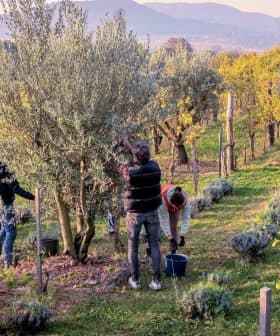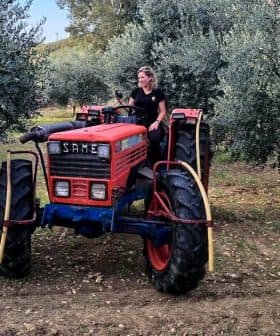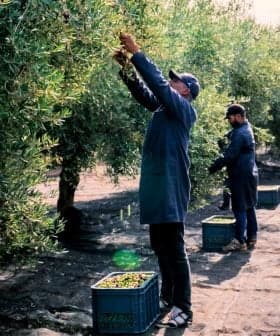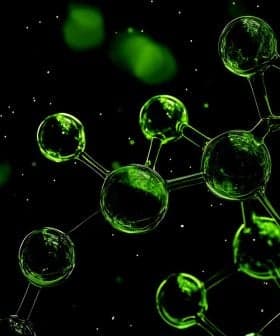New Torrefaction Process Reduces Transportation Costs for Biomass
Researchers at Fraunhofer IGB developed an improved torrefaction process to make use of olive biomass.
A new torrefaction process developed in the EU-funded SteamBio project allows for the treatment of waste from olive oil production to reduce transportation costs for biomass and produce green chemicals as a byproduct. This process results in torrefied biomass that is lighter in weight, has improved combustion properties, and can be used as biofuel.
Waste from olive oil production is treated at a pilot plant in Spain that uses a unique torrefaction process to reduce transportation costs for biomass and produces green chemicals as a byproduct.
It allows (the treatment of) waste and make double use of it by simultaneous production of biofuels and green chemicals.
The new torrefaction process, developed through the EU-funded SteamBio project, results in torrefied biomass that is lighter in weight and has improved combustion properties.
Researchers from the Fraunhofer Institute for Interfacial Engineering and Biotechnology (IGB) in Stuttgart, Germany; together with ten project partners from four European countries developed the new torrefaction process.
Fraunhofer IGB Group Manager Heat and Sorption Systems Antoine Dalibard told Olive Oil Times: “The obtained biomass is a high calorific material that can be used as biofuel, can be ground easily for transport optimization and can be stored in humid conditions as it is hydrophobic.
“It is really interesting,” he said in reference to the process, ‘because it allows to treat waste and make double use of it by simultaneous production of biofuels and green chemicals.”
Up to now, these chemicals have been obtained from natural gas or crude oil. On Fraunhofer IGB’s website, Dalibard said: “In the case of many biomass materials the platform chemicals generate so much profit that they finance the entire torrefaction process.”
The SteamBio project was undertaken to address challenges with biomass quality, stability, storage and energy density to fulfill European Environmental Policy objectives to make biomass —which is cheap and abundant — more suitable for widespread industrial use.
The new torrefaction process was initially developed to adapt wood chips; which are heavy to transport, challenging to store and susceptible to rot; more suitable for transportation and storage.
In January this year, a pilot facility of the new torrefaction chamber was moved to Spain where types of biomass torrefied are waste from olive oil production; as well as pine, oak and beech wood, and vineyard prunings.
Torrefaction is not a new technique, but the new torrefaction process is unique in that moisture contained in the biomass and vaporous products resulting from torrefaction are retained in the torrefaction chamber and become the process medium.
Oxygen is absent in the torrefaction chamber, which results in higher quality biomass and eliminates the risk of explosion. Temperatures ranging between 390 and 482 degrees Fahrenheit dry out the biomass and cause organic compounds with low boiling points to become volatile.
During the process hemicellulose, which together with cellulose and lignin are the three main components of biomass, is eliminated.
Cellulose and lignin remain in a solid state, and hemicellulose changes into gas. Condensers are used to capture the gas, cool it down and recover it as a liquid.
“The condensate — liquid — is used for green chemicals,” Dalibard said in reference to the vaporized hemicellulose that is recovered.
The removal of the hemicellulose significantly reduces the weight of the torrefied biomass, improves its calorific value and renders it suitable to grind into a highly reactive powder.
Biomass powder has a large surface area and possesses more reactivity than larger chunks. In energy applications, it can be mixed with coal dust and fed into firing systems of coal-fired power plants. It is also possible to replace coal with torrefied biomass while keeping the same combustion system.
Earlier this month researchers from Fraunhofer IGB showcased a model pilot facility of the new torrefaction chamber at the ACHEMA 2018 trade fair in Frankfurt am Main, Germany.
“There was a great interest in the technology demonstrated within the SteamBio project,” Dalibard told Olive Oil Times.
“The same technology can be used to treat other waste material such as solid manure from animal husbandry or solid digestate,” he said.









